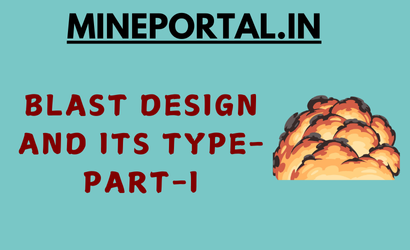
BLAST DESIGN AND ITS TYPE-PART-I
Introduction
Blast design plays a crucial role in the efficient and safe extraction of minerals in mines. It involves the planning and execution of controlled explosions to break up rock formations, enabling easier access to valuable minerals. A well-designed blast can optimize the fragmentation of rock, minimize environmental impacts, and enhance operational productivity.
Terminologies
Burden (B): - Burden refers to the distance between the blasthole and the nearest free face or rock surface.
Spacing (S): -Spacing refers to the distance between adjacent blastholes.
Bench height (H): -Bench height refers to the vertical distance between two consecutive benches in an open-cast mine.
Bench width (W): -Bench width refers to the horizontal distance between the crest of a bench and the toe of the bench below it.
Hole diameter (D): -Hole diameter refers to the size of the blasthole.
No. of holes (N): - total number of holes in a blast design.
Sub-grade drill (S): -It involves drilling blastholes beneath the main bench to break up the underlying sub-grade material.
Stemming (T): -Stemming refers to the length inert material placed in the blasthole above the explosive charge.





No comments added yet!